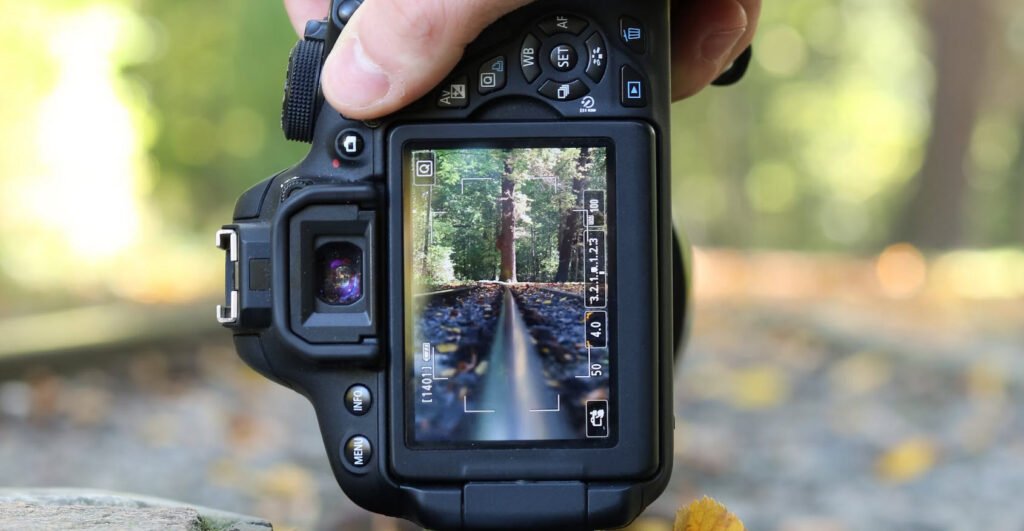
Photography with a DSLR camera requires attention to various technical aspects to ensure optimal performance and image quality. To help you navigate these considerations, here’s a checklist to keep in mind:
1. Charge Your Batteries:
Before every outing, ensure that your camera’s battery is fully charged. Digital cameras often use rechargeable batteries, and frequent use of the LCD screen on the camera’s back can quickly drain the battery. Consider carrying a spare battery, especially during extended shoots.
2. Format Your Memory Card:
Prior to each shoot and after downloading or printing your pictures, it is crucial to format your memory card. This step helps prevent potential data loss and ensures the card is ready for use. Formatting can be done through the camera’s menu system. Adopting good housekeeping practices minimizes the risk of losing important images.
3. Sufficient Memory Capacity:
Evaluate the capacity of your memory cards. Most digital cameras come with small-capacity cards, necessitating the purchase of additional, higher-capacity ones. Assess your storage needs for specific trips or assignments, ensuring you have enough cards to accommodate a large volume of images.
4. Clean Your Image Sensor:
If you frequently change lenses, there is a possibility of dust particles settling on the camera’s image sensor, leading to unwanted spots or artifacts in your photos. To prevent this, turn off the camera before swapping lenses and consider keeping the lens mount facing downward to minimize debris settlement. Refer to the camera manufacturer’s recommendations for sensor cleaning techniques.
5. Set Sensor Sensitivity (ISO):
Choose the appropriate ISO setting for your shooting conditions. Lower ISO values typically result in higher image quality by minimizing noise or graininess. Select the lowest ISO setting that is feasible for the given lighting conditions.
6. Set Color/White Balance:
Ensure your camera’s color or white balance is set correctly. While more in-depth exploration of white balance is recommended, for now, using the auto-white balance setting often yields acceptable results in most situations. This setting allows the camera to adjust color temperature based on the lighting conditions.
7. Select the Right File Type:
Decide on the file format that suits your needs: JPEG, RAW, or TIFF. Each format has its advantages and considerations. At this stage, set your camera to capture images in the largest/highest quality JPEG format available. Shooting in smaller JPEG sizes defeats the purpose of using a high-quality camera, so opt for maximum quality when possible.
By following this checklist, you can avoid common oversights and ensure your DSLR camera is set up optimally for capturing memorable images. Paying attention to these technical considerations will enhance your photography experience and enable you to achieve the best possible results.








